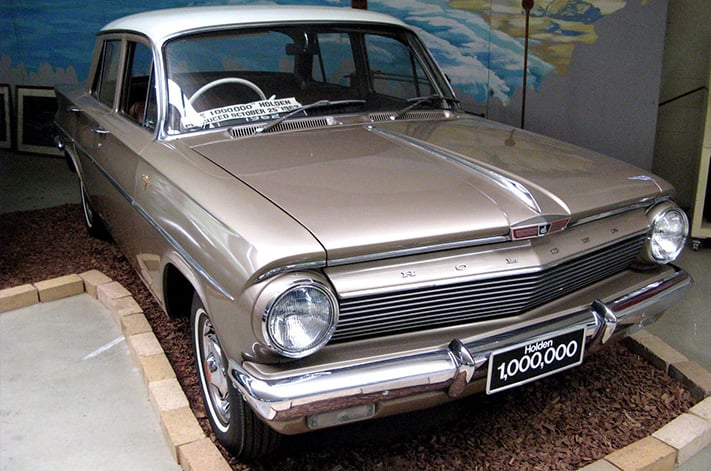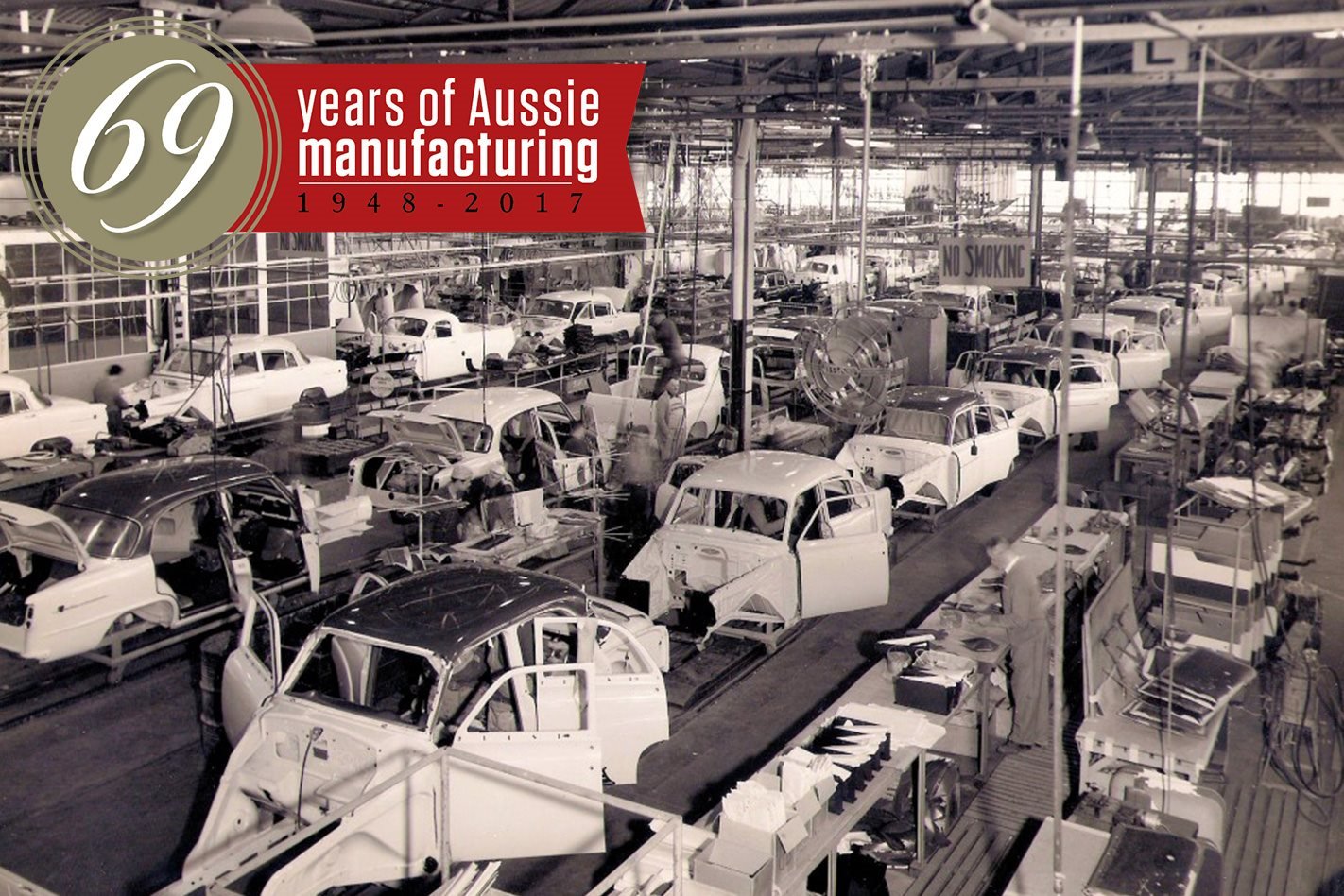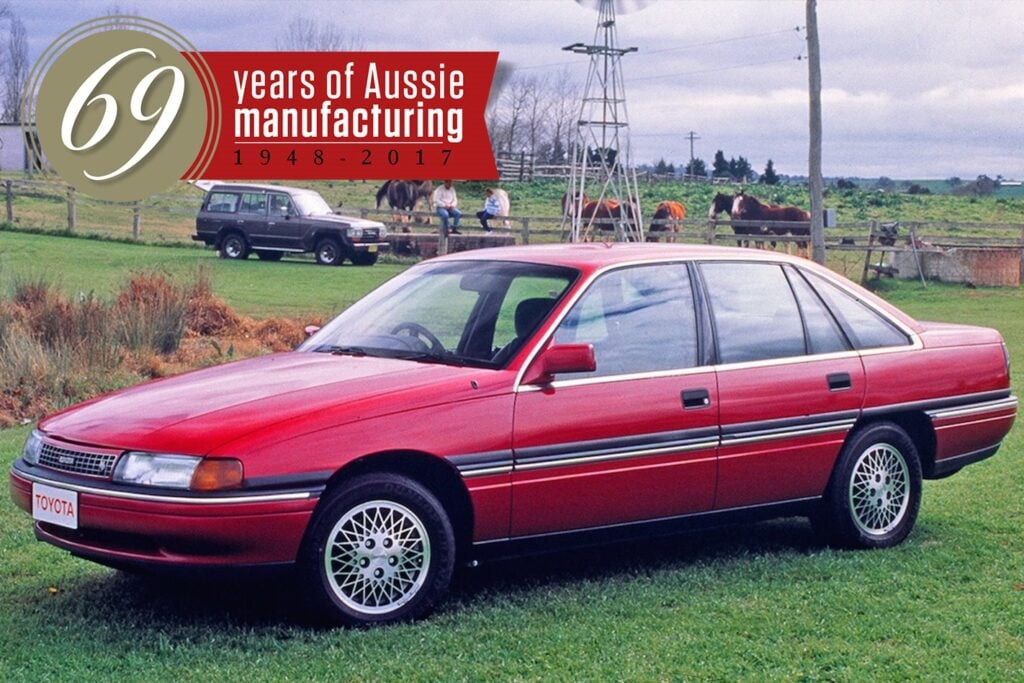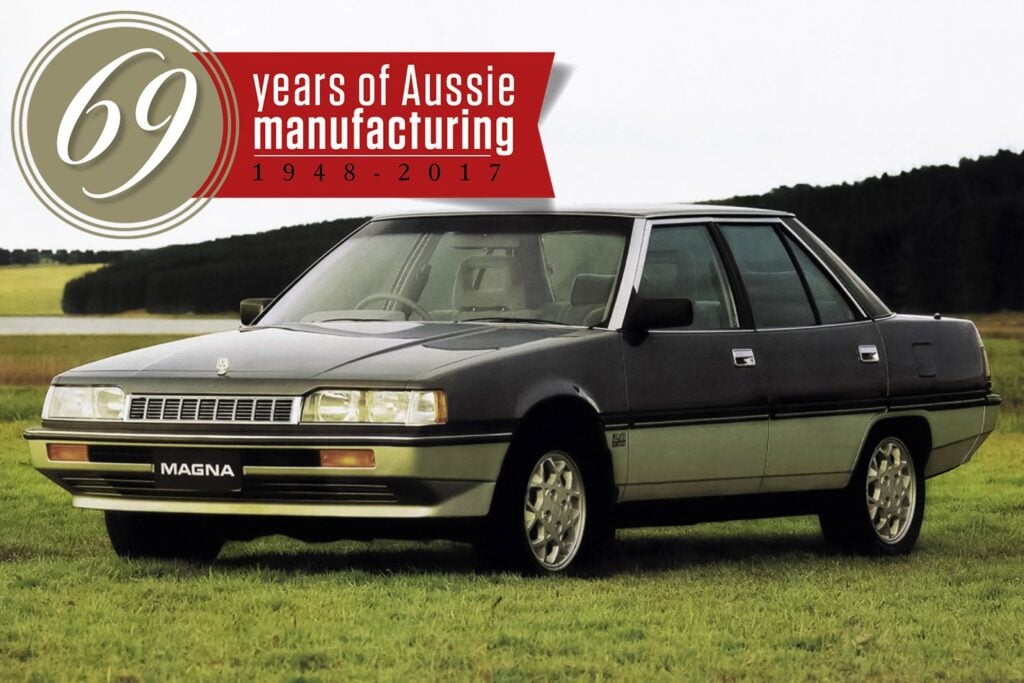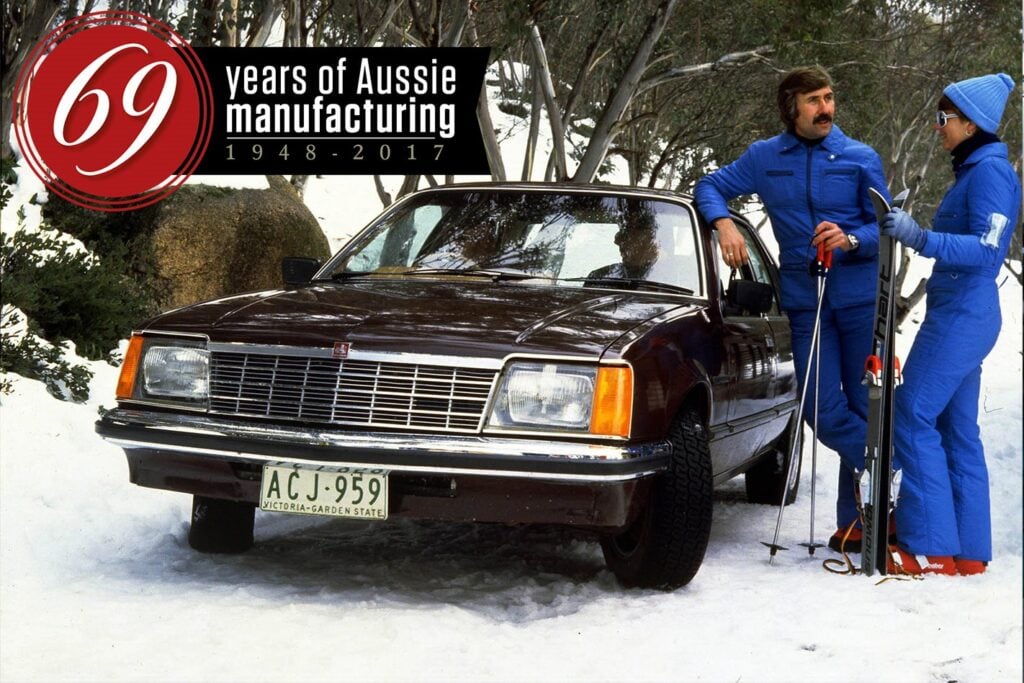IN 1958, the car became a global commodity, and Australia wanted a slice of the action.
Despite being a far-flung former British outpost, we signed up to the so-called “Agreement concerning the adoption of uniform technical prescriptions for wheeled vehicles, equipment and parts which can be fitted and/or be used on wheeled vehicles and the conditions for reciprocal recognition of approvals granted on the basis of these prescriptions”, the framework that set worldwide standards for how future cars would be built, and is still in use today.
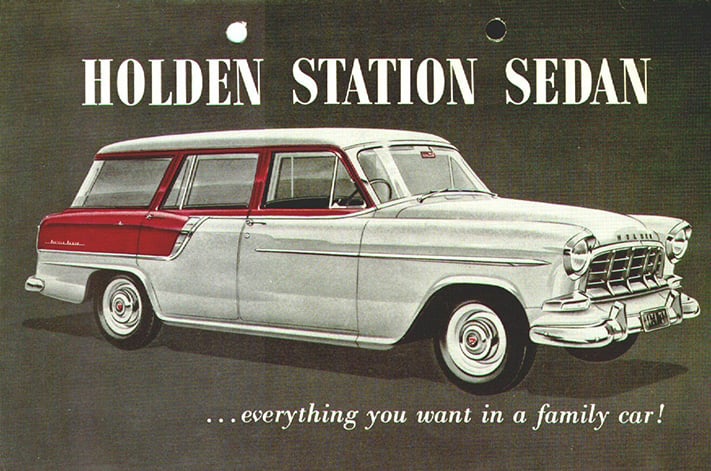
Ford, too, was having a go with the locally designed and developed Zephyr wagon, which was not only a uniquely Australian take on the comparatively more sophisticated and refined British large car, but also set the stage for more Australianised Fords once the Falcon and its derivatives arrived in 1960. However, it was struggling with heavy import taxes on the parts it needed to modify the cars.
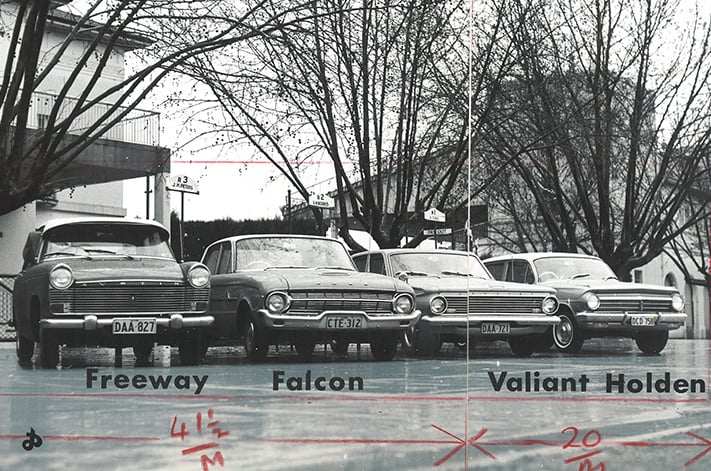
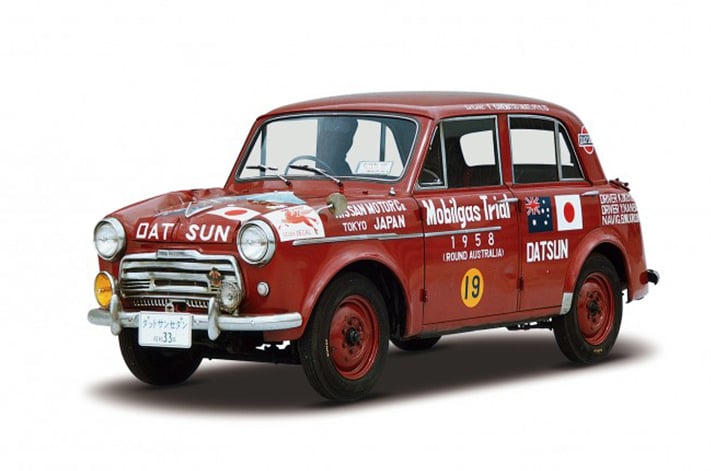
In contrast, GM-H’s decision to rehash the big-finned and dog-leg windscreen designs of the mid-’50s for the 1960 FB Holden made it look outdated the instant Ford’s low-slung XK Falcon appeared in September 1960. The latter, which was basically a lightly made-over version of the American compact of the same name, was an instant hit. However, within 18 months word had spread that country cars in particular couldn’t handle the harsh Australian conditions, resulting in collapsing front suspensions and other durability issues. Ford’s high-flying bird was almost fatally wounded by the lightweight design that made it so appealing against the comely FB.
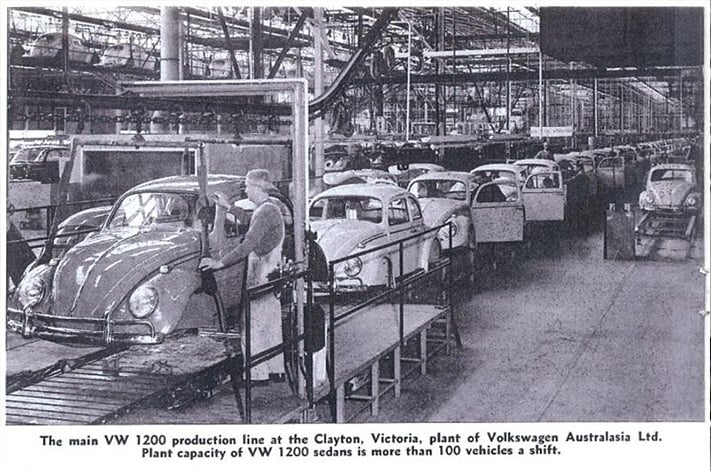
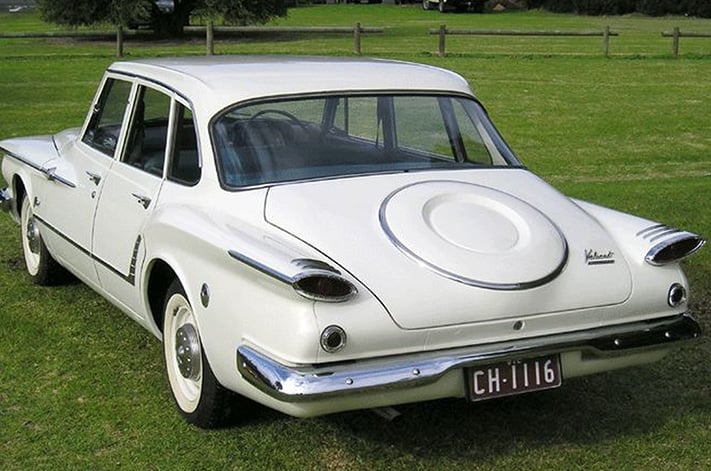
BMC was also doing well at this time with the Morris Major (and later Elite), a one-time mooted replacement for the Morris Minor, but was later developed as a compact premium sedan wearing Wolseley and Riley badges in Britain. For Australia, however, it evolved into a well-priced, nicely equipped mid-sized 1.5-litre sedan from 1958, plugging a gaping hole in the market between cars such as the Beetle and Holden. Though hardly contemporary in design and utterly conventional in execution compared with the front-driving Mini, the Sydney-built Elite proved sturdy and spirited.
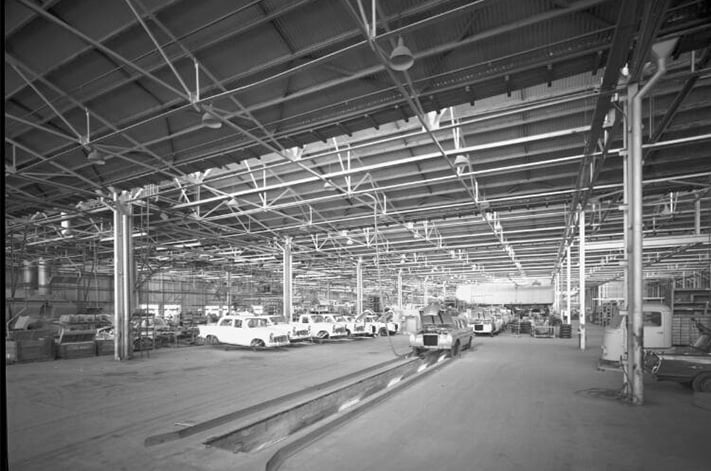
Standard/Triumph cars had been built in Port Melbourne since the late-1920s, but the decision by the Australian half of the joint venture, the Crosby brothers, to assemble some Mercedes-Benz models from 1958 led to the name change Australian Motor Industries (AMI), which then went on to make AMC Ramblers.
In 1961, Holden released the EK, followed a year later by the EJ. In June 1962, a gold-coloured EJ Premier became Holden’s millionth car off the production line – Australia’s annual sales had grown to 206,061 cars and 60,647 station wagons.
